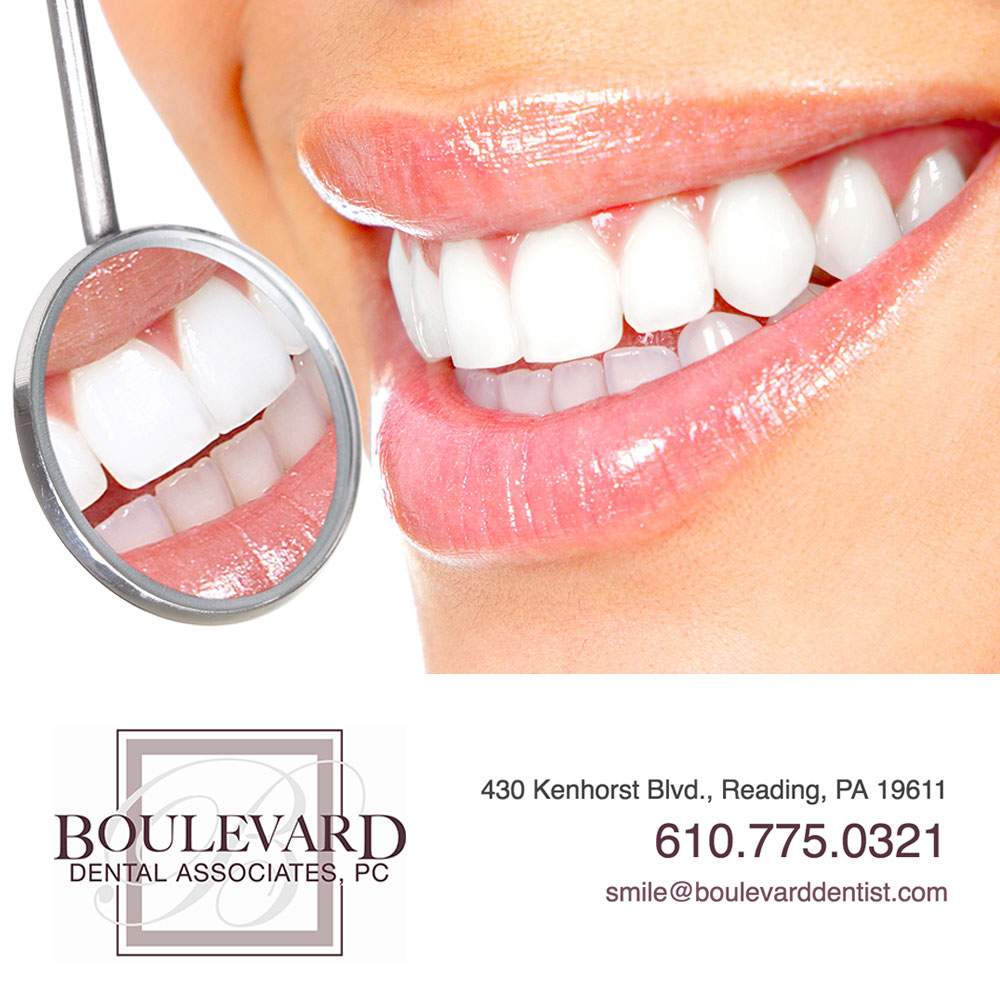
Are you unhappy with your smile? If so, chances are you are among the many who wish they had a whiter and brighter smile. According to a recent ADA online article, entitled “Whitening: 5 Things to Know About Getting a Brighter Smile,” the American Academy of Cosmetic Dentistry found that most people said they would like to improve their smile by having whiter teeth. The same article sites a survey from the American Association of Orthodontists in which 90% of patients requested teeth whiting.
For those of you who desire to know more about what you can do to brighten your smile, or if you simply desire to know more about teeth whitening in general, here is a summary of the above ADA online article.
What is Teeth Whitening?
The above ADA online article explains that teeth whitening is a simple process by which a bleaching agent (usually a whitening gel, or a whitening strip that sticks to your teeth) breaks down tooth stains and discolorations on the enamel of the teeth, allowing the color to be less concentrated. The whitening agent is made up of either one of two gels, hydrogen peroxide or carbamide peroxide. Please note that it is important to consult your dentist about whether you are a good candidate for teeth whitening, or what might be the best teeth whitening option for you.
In-Office Bleaching
In-office bleaching (also called chairside bleaching) involves the use of a stronger bleaching agent, which allows for faster color change. It is usually completed in an hour and sometimes is used along with a light or laser. A protective gel or rubber shield is applied to protect the gums while the dentist applies whitening gel to the teeth.
At-Home Bleaching
At-home bleaching usually involves the use of a whitening gel, though sometimes a whitening strip that sticks to your teeth is also used. A tray (similar to an athletes’ mouth guard, but thinner and smaller), is first made by the dentist to fit your mouth. The patient then fills the tray with whitening gel during the day or overnight. A maintenance schedule is then recommended by the dentist to help retain tooth brightness.
Whitening Toothpastes
Whitening toothpastes are different from in-office and at-home bleaching. They contain bleaching or polishing agents that remove surface stains via mild abrasives over a period of days or weeks. Look for whitening toothpastes that have earned the American Dental Association’s Seal of Acceptance.
The Effectiveness of Teeth Whitening
The ADA online article explains that teeth whitening does not always work on all teeth. For instance, yellow teeth and brown teeth may not bleach well, and grayish teeth may not bleach at all. Teeth whitening also will not work on caps, veneers, crowns or fillings. Finally, discoloration caused by medications or a tooth injury won’t be as responsive to whitening agents.
The Side Effects of Teeth Whitening
One possible side effect of teeth whitening is tooth and gum sensitivity, adds the ADA online article. Tooth sensitivity can occur because the bleaching agent goes through the enamel to the softer layer of dentin and irritates the tooth’s nerve. Some people also report sensitivity to hot and cold temperatures after teeth whitening. If these symptoms persist for more than a few days, it is advised to contact your dentist. In most cases, however, tooth sensitivity is temporary.
Source: ADA- http://www.mouthhealthy.org/en/az-topics/w/whitening
